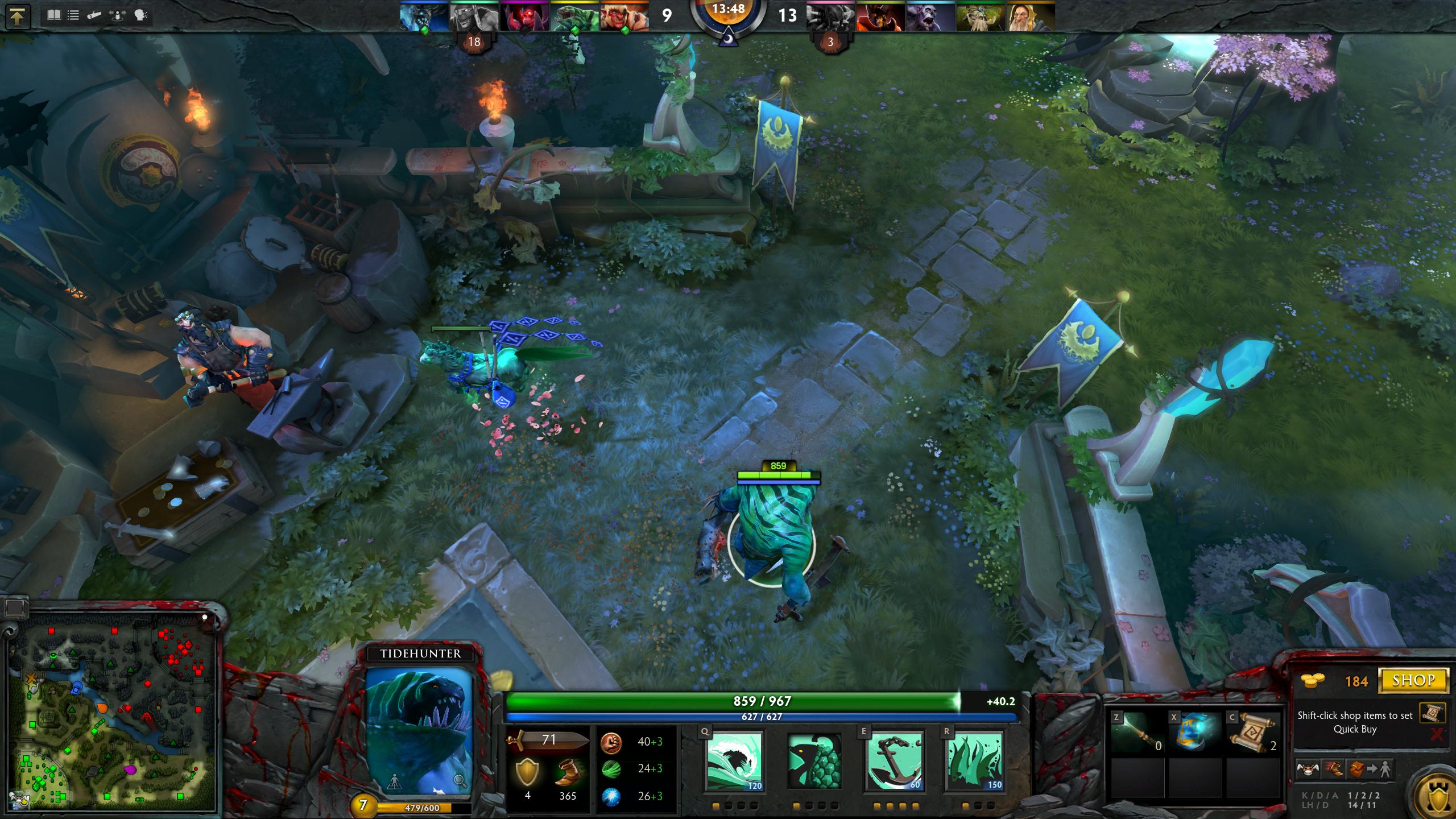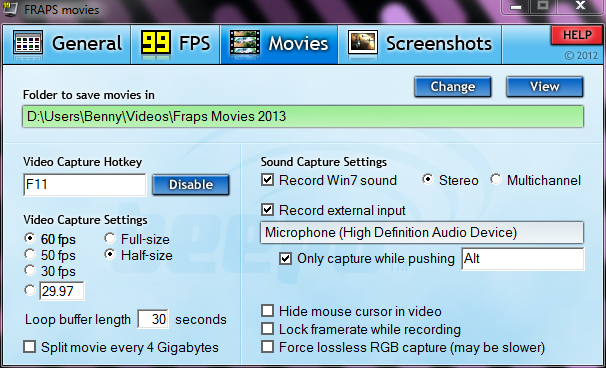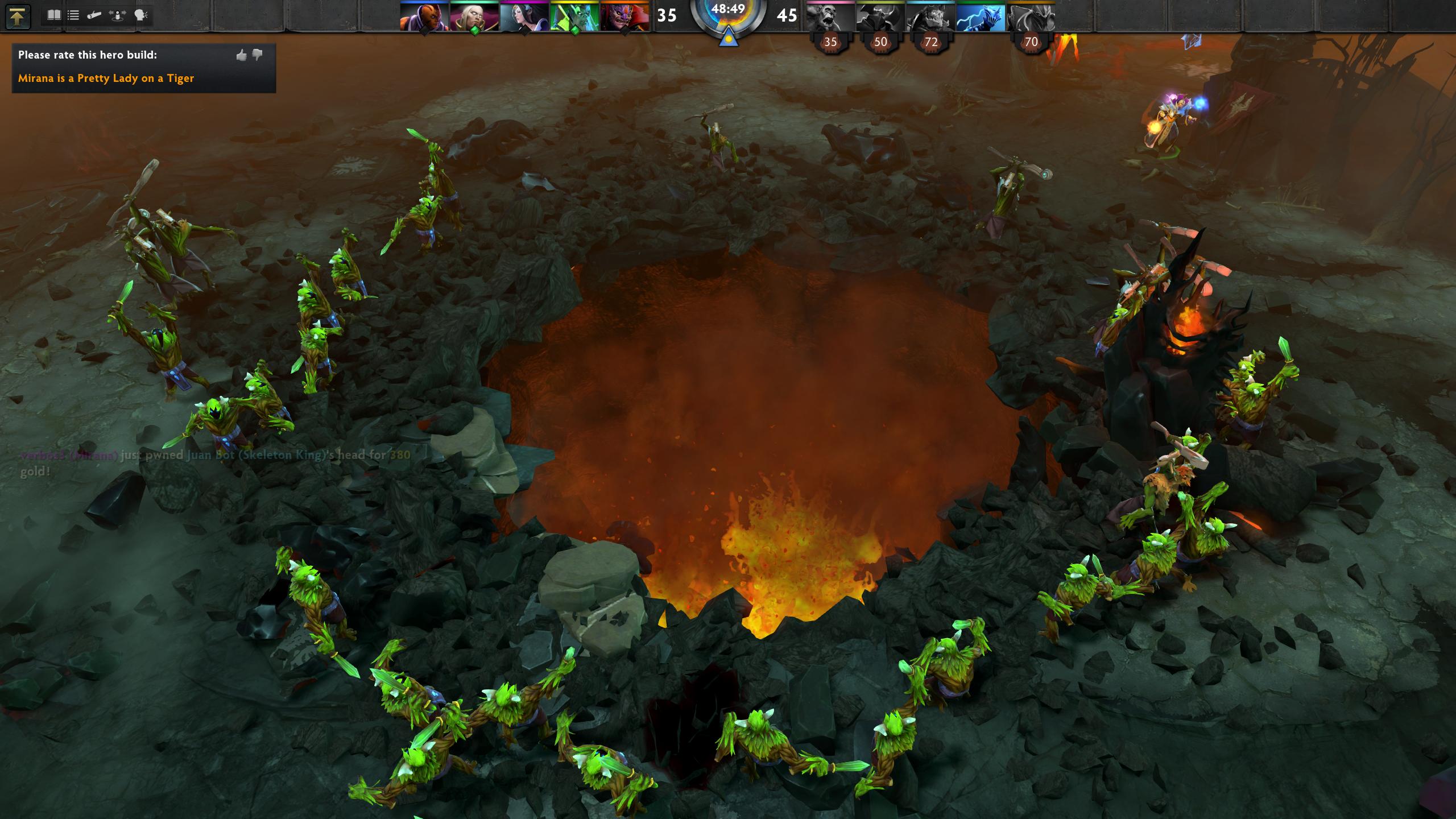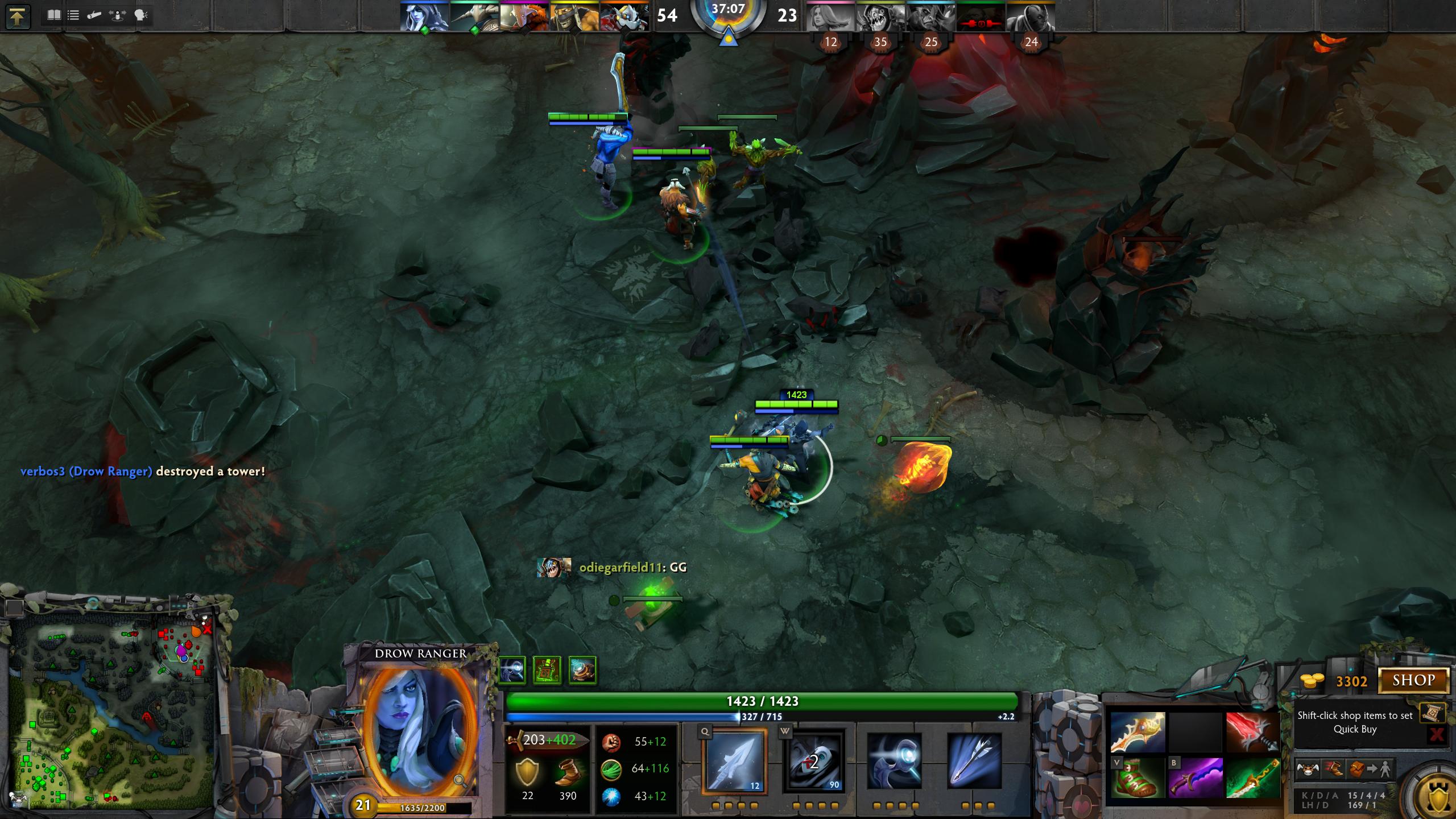One of the things that annoys me the most about the programming is the zone of suck, and how very large and expansive it can be. Probably because I’m a mediocre programmer, at best, but a lot of the time it feels like I’m single-handedly trying to fight backdoor protection on the other team’s ancient as Faceless Void.
Losses in Dota 2 feel like that, too. Sometimes you’ll realise you have nothing to stop the other team’s push strategy, other times you’ll know that your entire team can’t deal with one hero on the other team who got a few kills early on, and by that time, the game is pretty much over. I hate calling “gg” early as much as the next guy, but fighting against a split push with little farm and little to no hope against of coming back is incredibly frustrating1.
Yes, I’ve been playing a lot of Dota 2 recently, and while it might sound like I say that a lot, it’s the truth. Last weekend, a couple of friends and I gathered at my place for some five-stack ranked shenanigans. Incredulously, we somehow managed to win 10 of the 11 games we played; an impressive win rate on a good day, a downright amazing win-loss ratio on any other.
After a warmup game, we refined the strat we were running. We’d insta-pick the heroes we wanted when All Pick came up, and tried to not get them banned in Captain’s Mode. Provided none of us got off to a particularly bad start in the laning stage, we guaranteed kills with a triple-stun trilane, a mid Drow, and solo Invoker. And even if one of us was killed a few times during the early game, we usually had enough recovery mechanisms to get back into the game; usually involving the other players making space for the fifth to farm. Split pushing, adding pressure around the map, stacking neutrals, that kind of thing. By the time late game rolled around, we would be ready.
We did have a bit of trouble against some really good Tinkers. With no real mechanism to catch him out, an enemy Tinker ended up split pushing every lane while we were taking 4v5 teamfights, which would favour us most of the time. Eventually the Tinker would make a mistake and we’d pull him up on it, securing the kill, and because not even an incredibly farmed Tinker can carry a game single-handedly, we’d go on to win the game off the back of those pick-offs.
For the most part, our strategy carried us through games. Our team hero composition allowed us to be a little lazier in terms of items; Wraith King’s lifesteal aura helped out our team early-game with HP regen, and Maiden was the same was her mana regen. By running two position threes, both with the potent carry potential, any time a game went late always favoured us. At the same time, because our Invoker was building Necronomicons and doing his best to push down towers any time he was away from a teamfight, we’d usually have such a gold lead that one or two farmed heroes on the other team didn’t matter that much. Of the 11 games we played, only four went longer than 40 minutes — and of those four, the three we won we were playing against a Tinker, master of the split push.
But despite our impressive win-loss ratio, the game we didn’t win still sticks out like a sore thumb. Thanks to some combination of the Von Restorff effect and likely some negativity bias, I remember that game more than any of the others, despite the fact we won 10 of the other 11 games we played that night. It hurts even more to know that we could have won that game, too — the scoreboard showed kills that were more or less even all the way through, and we punished them for their mistakes every opportunity we got. Every time they got greedy and tried to push for more kills or objectives after using their ultimates, we’d wipe them, but couldn’t seem to take any objectives off the back of our kills.





